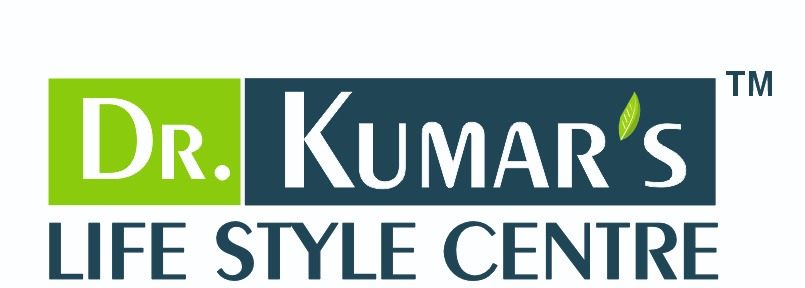
Stroke: Diagnosis & Treatment
- Dr Kumar

Stroke: Causes, Symptoms, Diagnosis and Treatment
Stroke is the leading cause of disrupting life all over the world. stroke is a leading cause of individual and public health burden. There is a strong relation between life style and stroke. Stroke can cause major disability and mortality, because the consequence of stroke is usually devastating and irreversible. Primary prevention is of great importance.
A stroke is a medical condition in which poor flow of blood to the brain result in cell death. A stroke occurs when the blood supply to part of your brain is interrupted or reduced, depriving brain tissue of oxygen and nutrients. Within minutes, brain cells begin to die.
A stroke is a medical emergency. Prompt treatment is crucial. Early action can minimize brain damage and potential complications.
Type of stroke:
There are mainly two type of stroke.
- Ischemic stroke (DUE TO LACK OF BLOOD FLOW)
- Hemorrhagic stroke (DUE TO BLEEDING)
SIGNS AND SYMPTOMS INCLUDE:
- Inability to move or feel on one side of the body,
- Problem understanding or speaking,
- Dizziness,
- Loss of vision to one side.
- Paralysis or numbness of the face, arm or leg.
- Giddiness
- Trouble with walking.
Causes:
A stroke may be caused by a blocked artery (ischemic stroke) or the leaking or bursting of a blood vessel (hemorrhagic stroke). Some people may experience only a temporary disruption of blood flow to the brain (transient ischemic attack, or TIA) that doesn’t cause permanent damage.
Risk factors:
If symptoms last less than one or two hours it is known as transient ischemic attack (TIA) OR mini stroke.
The main risk factors of stroke are:
- High blood pressure,
- Tobacco smoking,
- Obesity,
- High blood cholesterol,
- Diabetes mellitus,
- A previous TIA,
- Atrial fibrillation.
- Physical inactivity,
- Use of illicit drugs such as cocaine and methamphetamines
- Alcoholism
- Obstructive sleep apnea
- Personal or family history of stroke, heart attack or transient ischemic attack.
Prevention:
Adopting a healthy lifestyle is the best step to prevent stroke. If you have previous history of trans ischemic attack (TIA), following measures may help to prevent another stroke. To prevent stroke healthy lifestyle recommendations, include:
- Controlling high blood pressure (Hypertension),
- Restrict the amount of saturated fat in diet,
- Quit use of tobacco,
- Control diabetes,
- Maintain healthy body weight,
- Include seasonal fruits and vegetables in your diet,
- Exercising regularly.
- Treating obstructive sleep apnea (OSA).
- Avoiding illegal drugs.
Dietary modification to prevent stroke:
- Restrict the use of salt in diet. Replace the table salt with rock salt or pink salt. Avoid food containing high amount of salt, e.g. instant coffee, instant popcorn, pickle, papad, salted biscuit, salted snacks, canned food, butter.
- Cut down oily and fried food intake to reduce the fat percentage of your diet specially food containing saturated fat.
- Avoid or restrict alcohol intake.
- Include plenty of seasonal fruit and vegetables to get enough vitamins and minerals.
- Including whole grain in daily diet is found to associate reduce risk of stroke.
- Avoid soda and carbonated drinks. Instead of this you can include lassi, chass, fresh lime water, jaljira, cinnamon drink to relive thirst.
- Restrict food contains high saturated fat, e.g. red meat, organ meat, egg yolk, whole milk and its products, buffalo milk etc.
Healthy life style factors are associated with a lower risk of stroke and there is a graded inverse association between the number of healthy lifestyle indicator and the risk. To prevent stroke lead a healthy life style.Tags: block artery, Dr kumars lifestyle centre, Health tip, Stroke, Stroke Tips
